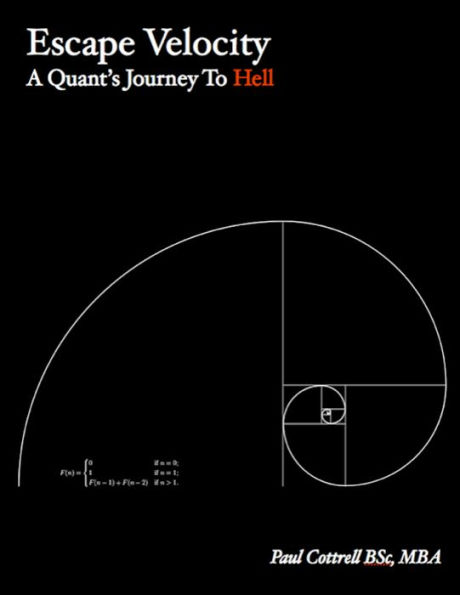Escape Velocity
This book is intended for individuals with a deep interest in economics and finance coming from a graduate level background. The research presented in this book can be applied in either an academic setting or an applied environment. The main goal is to convey that there are complex dynamics in economics and finance which contain reflexive principles. These systems, due to their reflexive nature, are hard to predict. It is the hope of this author to provide insight in complex system thinking and the idea of economic emergence and chaos theory. The title of this book was chosen because of crisis of 2008. Escape velocity usually means that an economy is self-sustaining without abnormal fiscal or monetary stimulus. Economists use the term escape velocity in a positive light. I use escape velocity to convey that there is a point were a complex system can reach a runaway phase and go into a chaotic attraction. For example, the financial crisis of 2008 was set into motion with over issuing and trading of mortgage backed securities. The financial system was over leveraged, and with the catalysis of the Treasury Department of the United States not backstopping the Lehman Bankruptcy their decisions led to a financial crash - or escape velocity. This book covers topics on corporate finance and risk management.
1117237127
Escape Velocity
This book is intended for individuals with a deep interest in economics and finance coming from a graduate level background. The research presented in this book can be applied in either an academic setting or an applied environment. The main goal is to convey that there are complex dynamics in economics and finance which contain reflexive principles. These systems, due to their reflexive nature, are hard to predict. It is the hope of this author to provide insight in complex system thinking and the idea of economic emergence and chaos theory. The title of this book was chosen because of crisis of 2008. Escape velocity usually means that an economy is self-sustaining without abnormal fiscal or monetary stimulus. Economists use the term escape velocity in a positive light. I use escape velocity to convey that there is a point were a complex system can reach a runaway phase and go into a chaotic attraction. For example, the financial crisis of 2008 was set into motion with over issuing and trading of mortgage backed securities. The financial system was over leveraged, and with the catalysis of the Treasury Department of the United States not backstopping the Lehman Bankruptcy their decisions led to a financial crash - or escape velocity. This book covers topics on corporate finance and risk management.
9.99
In Stock
5
1

Escape Velocity

Escape Velocity
eBook
$9.99
Related collections and offers
9.99
In Stock

Product Details
| BN ID: | 2940148391357 |
|---|---|
| Publisher: | Paul Cottrell |
| Publication date: | 10/24/2013 |
| Sold by: | Barnes & Noble |
| Format: | eBook |
| File size: | 2 MB |
About the Author
From the B&N Reads Blog
